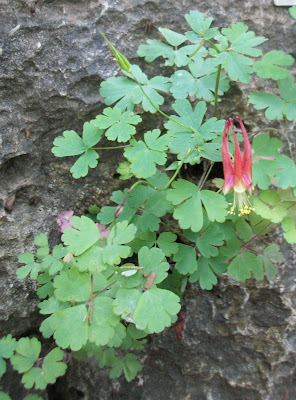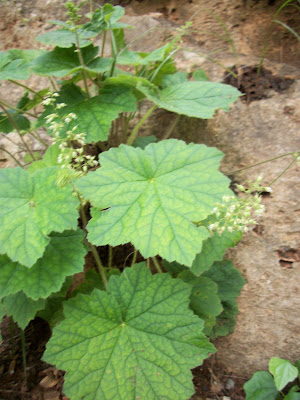
I got to hear an etymologist give a brief Cicada update last Thursday night so I’m sharing some of the highlights.
As you know, the nymphs (infants) have been living and growing underground for 13 years. They emerge, get their wings, do whatever they do to get ready for a date, and start mating. Lay eggs and die. The eggs hatch, larva drop to the ground and bury themselves for a long (13 year) nap.
The whole Event lasts about 6 weeks. Not all individuals last that long. In fact, with one brood emerging and intermingling all at once (13 years ago) there is less genetic diversity and some have deformities. The ones born without wings don’t live very long for example. Attrition, I guess.
Although there are millions of them, look on the bright side;
They have a short life, they don’t bite or sting (people or pets), don’t spread disease, do very little foliar feeding (they won’t eat your plants) they are safe as dog treats in moderation (although I think my dog is allergic).
(They don’t eat much at all, but are
eaten. If you are inquisitive go out at night and watch them become prey to carpenter ants and toads. And during the day birds eat them)
The Negative: they are just a nuisance.
They only real problem is minimal: To lay the eggs the female use their ovipositor to cut a small opening in pencil sized branches, and then deposit their eggs.
Large trees can sustain this assault. If you have small fruit or ornamental you may want to go shake it a couple times daily to knock off the insects. This egg laying causes injury to the bark and tissue; most plants will heal just fine without so much as a Band-Aid but multiple injuries on a young tree may be too much.
(They will not damage flowers, perennials, annuals, vegetables etc. They don’t eat them or lay eggs in them.)
MiscellaneousOne year later, trees may show ‘flagging’ from the egg laying injuries that did not heal. You will see twig die-back. Probably no loss of vitality, just lots of twigs to mow over. Suddenly big trees may look unsightly...but it’s no call for alarm.
Forest scientists have noticed a flush of growth in woodlands a year after the brood. This is because of the substantial compost material (the mortal remains).
Cicadas will peak at different times during the Brood event: older neighborhoods with established trees will see a lot more activity. Newer subdivisions with fewer or younger trees planted after the previous brood will see less.
This batch, Brood XIX are only present in middle Tennessee and Kentucky. Other regions will have their own events at some time.
There are a yearly batch of ‘Dog day’ cicadas in late summer. (These are everyday annual cicadas.)
From the scientists --
https://utextension.tennessee.edu/publications/Documents/SP341-F.pdf for the scientific article. (Disclaimer: gooey nymph pictures)
(All information derived from a short talk by an etymologist at UTK extension service. Any errors are mine)
(In this photo, an adult
cicada on a young
Red Buckeye tree)





































